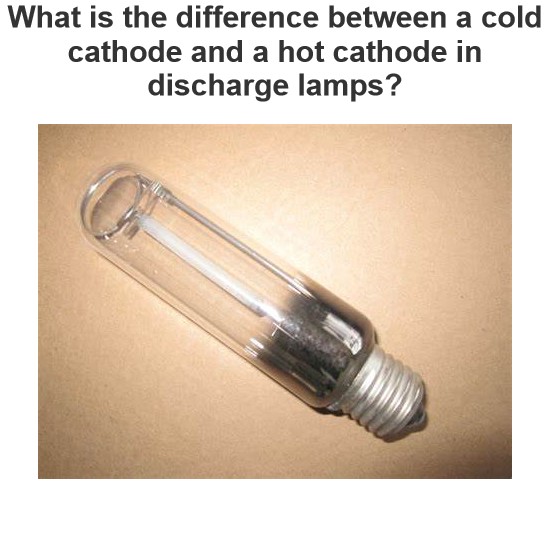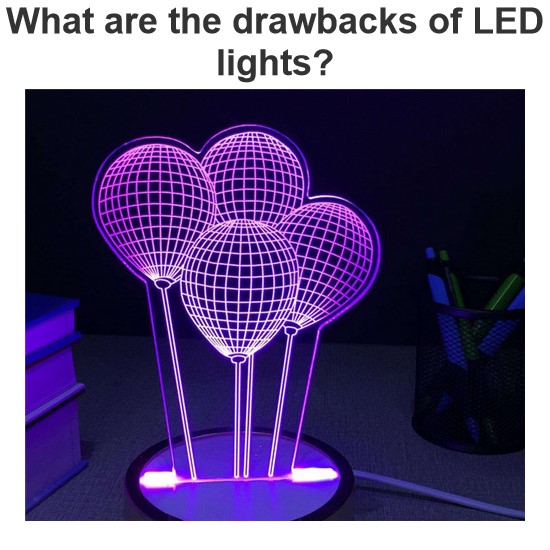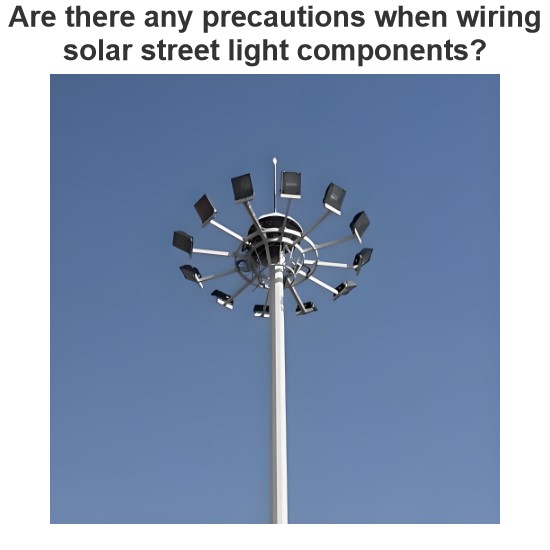Fluorescent Lamp and Working Principle of Fluorescent Lamp
What is Fluorescent Lamp?
A fluorescent lamp is a low weight mercury vapour lamp that uses fluorescence to deliver visible light. An electric current in the gas energizes mercury vapor which delivers ultraviolet radiation through discharge process and the ultraviolet radiation causes the phosphor coating of the lamp inner wall to radiate visible light.

A fluorescent lamp has changed over electrical energy into useful light energy to a great deal more proficiently than incandescent lamps. The normal luminous viability of fluorescent lighting frameworks is 50 to100 lumens per watt, which is a few times the adequacy of incandescent lamps with equivalent light yield.
How does a Fluorescent Lamp work?
Before going through the working principle of a fluorescent lamp, we will first show the circuit of a fluorescent lamp in other words circuit of tube light.

Here we connect one ballast, and one switch and the supply is series as shown. Then we connect the fluorescent tube and a starter across it.
When we switch ON the supply, full voltage comes across the lamp and as well as across the starter through the ballast. But at that instant, no discharge happens, i.e., no lumen output from the lamp.
At that full voltage first the glow discharge is established in the starter. This is because the electrodes gap in the neon bulb of starter is much lesser than that of the fluorescent lamp.
Then gas inside the starter gets ionized due to this full voltage and heats the bimetallic strip. That causes to bend the bimetallic strip to connect to the fixed contact. Now, current starts flowing through the starter. Although the ionization potential of the neon is more than that of the argon but still due to small electrode gap, a high voltage gradient appears in the neon bulb and hence glow discharge gets started first in the starter.
As soon as the current starts flowing through the touched contacts of the neon bulb of the starter, the voltage across the neon bulb gets reduced since the current, causes a voltage drop across the inductor(ballast). At reduced or no voltage across the neon bulb of the starter, there will be no more gas discharge taking place and hence the bimetallic strip gets cool and breaks away from the fixed contact. At the time of breaking of the contacts in the neon bulb of the starter, the current gets interrupted, and hence at that moment, a large voltage surge comes across the inductor(ballast).
This high valued surge voltage comes across the fluorescent lamp (tube light) electrodes and strikes penning mixture (mixture argon gas and mercury vapor).
Gas discharge process gets started and continues and hence current again gets a path to flow through the fluorescent lamp tube (tube light) itself. During discharging of penning gas mixture the resistance offered by the gas is lower than the resistance of starter.
The discharge of mercury atoms produces ultraviolet radiation which in turn excites the phosphor powder coating to radiate visible light.
Starter gets inactive during glowing of fluorescent lamp (tube light) because no current passes through the starter in that condition.
Physics of behind Fluorescent Lamp
When a sufficiently high voltage is applied across the electrodes, a strong electric field is set up. A small amount of current through the electrodes filaments heats up the filament coil. As the filament is oxide coated, a sufficient amount of electrons is produced, and they rush from the negative electrode or cathode to the positive electrode or anode due to this strong electric field. During the movement of free electrons, the discharge process gets established.
The basic discharge process always follows three steps:
Free electrons are derived from the electrodes, and they get accelerated by the electric field applied.
Kinetic energy of the free electrons is converted into the excitation energy of the gas atoms.
The excitation energy of the gas atoms gets converted into the radiation.
In the discharge process, a single ultra violates spectral line of 253.7 nm is produced at a low pressure of mercury vapor. To generate 253.7 nm ultra violate ray the bulb temperature is kept between 105 to 115oF.
The length to diameter ratio of the tube should be such that fixed wattage loss happens at both ends. Where this wattage loss or glow of electrodes takes place is called cathode and anode fall region. This watt loss is very small.
Again the cathodes should be oxide coated. Hot cathode provides an abundance of free electrons. Hot cathodes, mean those electrodes which are heated by circulating current and this circulating current is provided by choke or control gear. Few lamps have cold cathode also. Cold cathodes have a larger effective area and higher voltage such as 11 kv is applied across them to get ions. Gas starts to be discharged due to this high voltage application. But at 100 to 200 V the cathode glow get separated from the cathode, it is called cathode fall. This provides a large supply of ions which are accelerated to the anode to produce secondary electrons on impact which in term produce more ions. But cathode-fall in hot cathode discharge is only at 10 V.
History & Invention of Fluorescent Lamp
In 1852, Sir George Stokes had discovered transformation of the ultra violate ray radiation into visible radiation.
From this time to 1920 various kinds of experiments had been done to develop the low and high pressure electric discharges in the mercury and sodium vapor. But all those circuitry developed were inefficient to transform the ultra violate ray to the visible ray. It was because; the electrodes could not emit sufficient electrons to establish arc discharge phenomenon. Again many of the electrons collided with the gas atoms and that was elastic. So the excitation did not create spectral line to be utilized. But very little work was done on fluorescent lamps.
But in 1920s, a major breakthrough happened. The fact has been discovered that the mixture of the mercury vapor and inert gas at low pressure is 60% efficient to convert the electrical input power into a single spectral line at 253.7 nm.
Ultra violate ray gets converted into the visible light rays by using appropriate fluorescent material inside the lamp. From this time fluorescent lamp got paved to be introduced in the people’s daily life.Later, Dr. W. L. Enfield in 1934 had received a report from Dr. A. H. Crompton about the use of fluorescent coated lamp. Immediately a research team had been created by Enfield and started to create commercial fluorescent Lamp. In 1935 their team had produced a prototype green fluorescent lamp that had efficiency about 60%.
After two and half years later, fluorescent lamps have been introduced in white and six other colors in the market. Various mixture of phosphor powder is used to produce various colors from the fluorescent lamps. The first lamp had been introduced with 15, 20 and 30 W in 18 inch, 25 inch and 36 inch lengths.
Sooner after 40 W T12, 4-ft lamp had been introduced and used widely in office, school, industry lighting. The early lamps gave the light somewhat yellowish to a 3500K. Later on, 6500K daylight lamps are developed in such a way that it produces a light to simulate an average north sky light on an overcast sky.
Generally the 4 ft lamps, with 1.5 inch in diameter, 40 W were available in the market in 1940. But gradually design has been changed to its better utilization. In the arc, discharge portion of the lamps has been changed. But argon is still used though the pressure that is somewhat less than the previous pressure. The mercury vapor is maintained at that same pressure like previous. This lamp requires 425 mA with 100 to 105 V voltage drop.
Statement: Respect the original, good articles worth sharing, if there is infringement please contact delete.
Electrical4U is dedicated to the teaching and sharing of all things related to electrical and electronics engineering.





